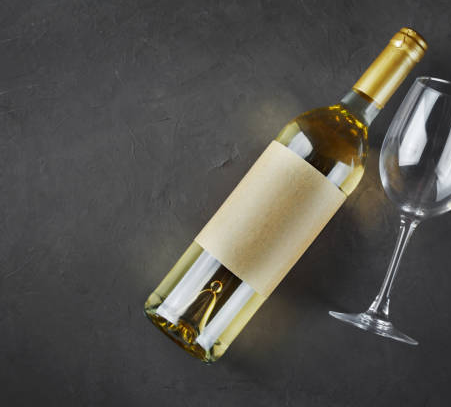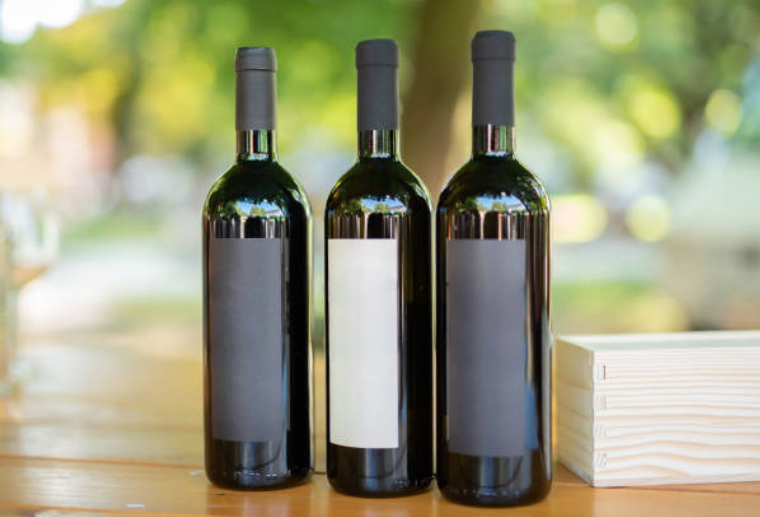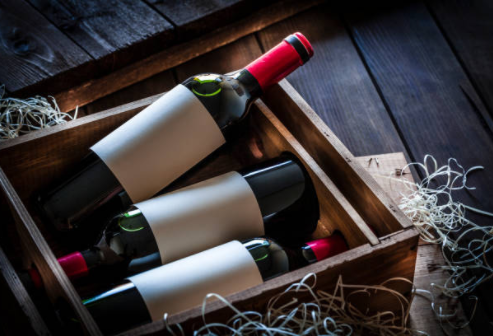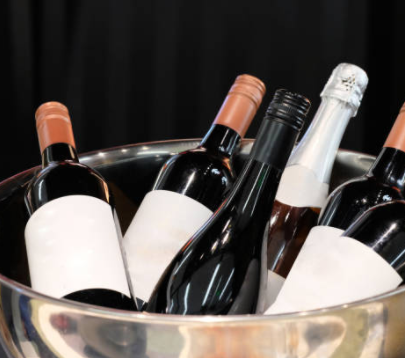If you have ever seen yourself in the position of designing a label, you will know that it is more difficult than it seems. But also, if the label is wine, things get complicated.
On the one hand, you must take into account the technical specifications such as size, shape, colors, materials or the corporate line … And on the other, the legal terms or current trends demanded by the market and surely your customers.
If we look back and think about the wines of a lifetime, not only those that were drunk at home but those that were saved for big events, the label at a glance showed the importance of opening that bottle. The differentiation was clear, choose this bottle because it will make you important, distinguished, outstanding … The lines and colors were classic and moderate, moving towards the baroque and ornate. Intended for an adult audience and a certain social class. In short … wines were a man’s thing. Well, rather gentlemen. The competition was tough, but not deadly. Each large winery had its part of the farmhouse and the design and price were in the background.

Change of third
Whether or not you are immersed in the world of enology, you have surely noticed that the market has changed a lot in recent years. Now if you want to compete, it is more if you want even a small piece of the market, you must put your batteries in conquering consumers, who are far from those gentlemen from before. Wherever you go to sell your wine, think that the label will be your shield in the battle to win the little wars on a day-to-day basis. And in addition to being resistant, it must be identifiable and attractive to others. Get consumers to join your army, switch sides, and identify with your values; your brand will be stronger.
Bear in mind that wine is now also a women’s thing. What’s more, they can be your great conquerors. And also when young, wine is no longer a thing for middle-aged people. Wine is conceived as an experience and young people feel attached to this concept.
Wine is drunk at home, but also outside our borders. Wine is given away, wine is tasted and enjoyed in many ways (tastings, tourism, aesthetics, gastronomy, these days …) it is no longer a simple consumer product.
We have also returned to the traditional, to the origin, and to the natural. Grow within a sustainable ecosystem and your customers will thank you. And we want stories that excite us, that make us feel good, that transmit energy to us and the passion that you put in your vineyards is also ours. Now we can buy wine from the other side of the world without having to leave home and give our opinion on social networks to millions of people. The landscape has changed a lot, and this should be applied to your designs.

Keys to designing a good wine label
How is my wine? Before designing a wine label you need to know all the details about it. The color, the flavor, the categorization, its nuances, its vintage … Everything, absolutely everything, since each of its characteristics will be key to shaping the label.
Objectives and target. Designing a signature wine label for a few bottles is not the same as designing a wine whose destination is to be sold in eastern countries. Before designing a wine label, a roadmap must be established with the commercial objectives of the product, as well as defining who will be the main buyer of the wine. Absolutely key points that can lead to success or failure. Not only the design but the marketing of your wine.
Naming. Do you already have the name for your new wine? If you are going to launch a product it is essential to choose the right name. And this will depend a lot on the two previous points. However, keep it short and easy to remember. That it has an original point and a meaning for your audience. And of course, that it is in line with the identity of your company and other products.
Information and message. In the design, keep in mind that the label must carry some mandatory information, but you must highlight the message. Bet on the emotional, say loud and clear what you want to convey. Connect with your target and make them want to drink your wine. Get their attention, make them laugh, dream, love, meditate … In short, it provokes emotion in them. As a tip: take advantage of the front, the first impression is what counts.
Packaging. Are you clear about how your bottle is going to be? The measurements, the shape of the neck, the capsule, the exact color of the glass …? And the boxes, do you know what the boxes will be like, how many bottles will fit, what material do you need …? The exterior does matter and you should think about all the details that pack your product, in order to design an appropriate and cohesive label with the rest of the elements.

Trends and techniques. If you are already clear on the 5 previous points, it is time for us to get down to work. With this information and knowing the market trends or markets to which you want to direct the marketing of your wine, we can choose between which techniques to start working: illustration, graphic design, photographic retouching, typography … As well as between different styles: vintage, minimalist, eco, traditional, naive …
Materials. Thanks to advances in technology and in printing and production techniques, the catalog of materials, finishes, inks… It is almost as wide as a designer’s imagination. But yes, make sure you choose quality. Currently, textured or porous materials triumph. Also anti-humidity materials and vinyl-type adhesives (highly recommended for rosé, sparkling white wines, or even beers). We do not forget labels with inks that change color, with glitter, or even with relief thanks to screen printing. The latest innovation is thermo-sensitive inks, which warn when the wine is at the right temperature to drink.
With all this, and a little help and good taste, we will achieve a perfect label for your winery, your wine, and above all, it is marketing. Would you like to see a proposal?

